Why can’t the war be won with drones alone, and what role do assault units play in modern warfare? How…

Ukraine is increasingly conducting effective drone strikes against Russia’s oil refineries and other strategic industrial facilities, inflicting significant material losses on the enemy.
Military expert Petro Chernyk explained to ArmyInform how this contributes to weakening Russia’s combat potential in the war against Ukraine:
“The heavy Russian-Ukrainian war continues. In the cycle of combat operations, especially during dry weather, there are certain strategic shifts in the way the war is fought. I mean Ukraine’s systematic strikes on the enemy’s railway system—primarily on hub and transformer stations, as well as on oil refining facilities of the aggressor state. Let us break down why this is crucial, and why this could in fact mark a turning point in the war.
We must understand that war is, above all, about money. Modern warfare is highly technological and consumes enormous resources—from ordinary ammunition for Kalashnikov rifles to artillery shells, missiles, and more. About 90% of everything the enemy uses in the combat zone—including medical supplies, water, and personnel—is transported by rail.
For example:
We can see the scale of the difference. Considering that Russia has already lost tens of thousands of trucks, even halting railway operations temporarily is a massive step forward—a so-called rail war.
Here is a concrete historical precedent: in the summer and early autumn of 1943, during the Battle of Kursk, the Soviet Union employed up to 25,000 partisans. They blew up more than 25,000 kilometers of track and destroyed over 3,000 railcars. German documents reported that supplies to the Kursk salient dropped by 70%. That was decisive.
This is exactly why such strikes must be carried out. Another important point: 80–90% of Russia’s railway system runs on electric traction. They face serious problems with transformers—they cannot produce them in sufficient numbers, and acquiring them on global markets will be extremely difficult. Thus, disrupting logistics via the railway is a colossal step forward. Not instantly, but if this work is systematic, the front will inevitably start to suffocate.”
“The same logic applies to strikes on the oil refining industry—both refineries and fuel storage bases. Today’s war is truly a ‘war of engines.’
The enemy army constantly needs fuel—for trucks, tanks, armored personnel carriers, infantry fighting vehicles, and self-propelled artillery, not to mention aviation. Another simple calculation: a T-90 tank consumes up to one ton of fuel and about 100 kg of lubricants per day. That’s just one tank. Now extrapolate that to the entire fleet, including motorcycles, which the occupiers are now using extensively.
It is true that Russia’s resilience here is significant—they have around 50 large oil refineries and up to 30 smaller ones. But there is also a powerful ideological dimension: a self-proclaimed ‘energy superpower’ cannot even defend its own refineries and fuel production facilities. This makes such strikes not only effective but also symbolic—and they must be scaled up.
Again, let me cite a historical precedent: Nazi Germany’s backbone was broken when, by 1944, the Allies had finally bombed 12 plants producing so-called synthetic gasoline (created under high pressure and temperature by combining powdered coal with hydrogen). In his memoirs, German armaments minister Albert Speer admitted: ‘Had this not happened, we would have resolved the Eastern problem—that is, the problem of the Soviet Union.’
Thus, we have clear historical parallels and lessons. War is not just soldier against soldier—it is, in essence, a war of resources. And we have found Russia’s pressure points. We wish our Defense Forces success and further progress in this direction.
The key is not to stop. Such operations demand very high concentration and determination, but the course is absolutely the right one.”
@armyinformcomua
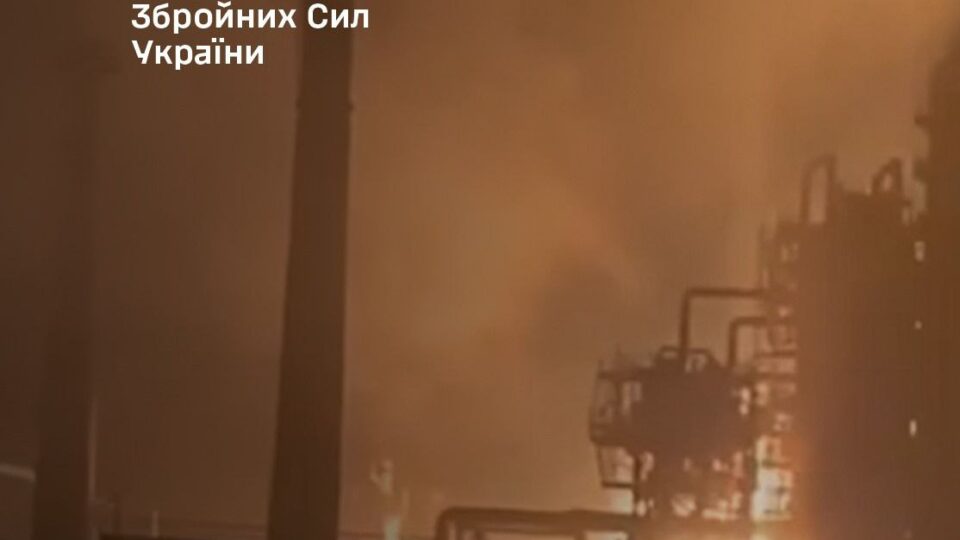
On the night of October 23, 2025, units of the Defense Forces of Ukraine struck a strategic facility used to support the Russian armed forces — the Ryazan Oil Refinery.
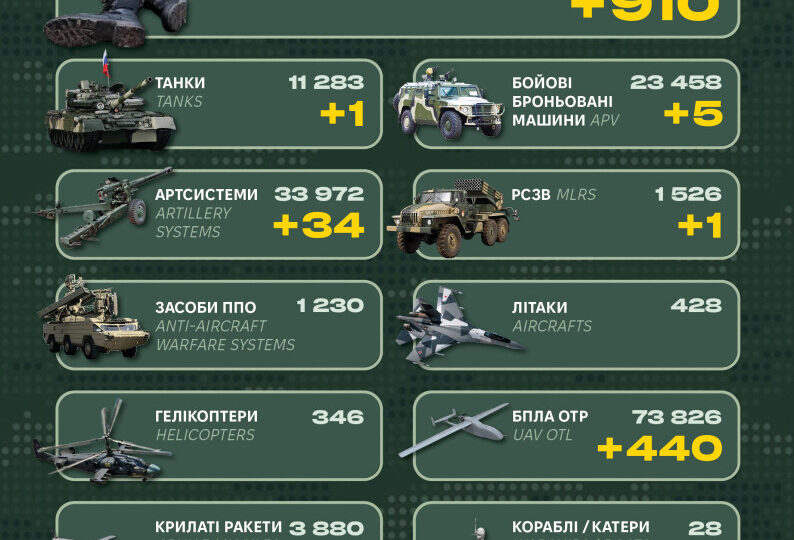
Over the past day, Russian invaders lost 910 troops killed and wounded.

This final instalment showcases the crown jewels of Ukraine's defence innovation — the battle-proven, high-return technologies that are not just changing the face of modern warfare but are also creating unparalleled investment opportunities. This is a look inside the forging of the Arsenal of the Free World.
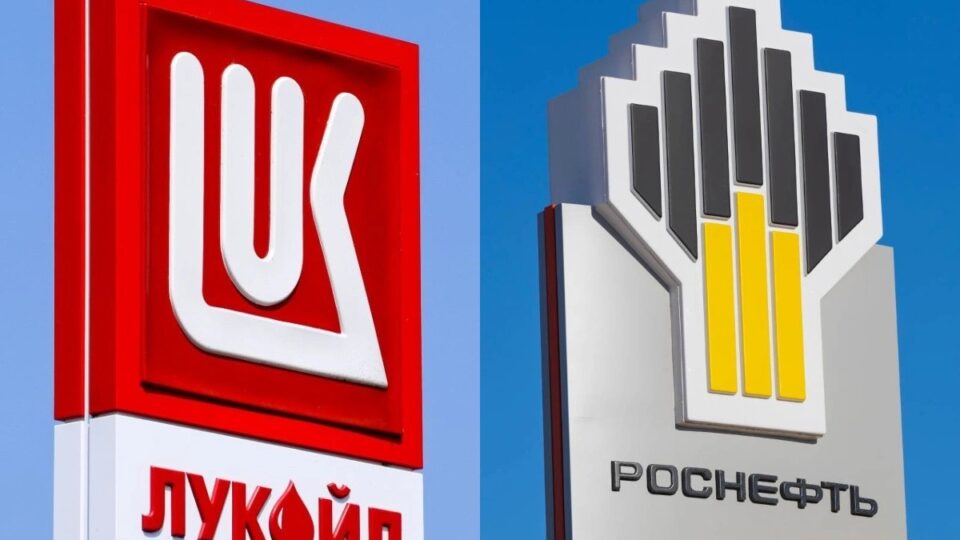
The United States has announced a new package of economic sanctions aimed at increasing pressure on Russia’s energy sector and weakening the Kremlin’s ability to generate revenue to finance its war machine.
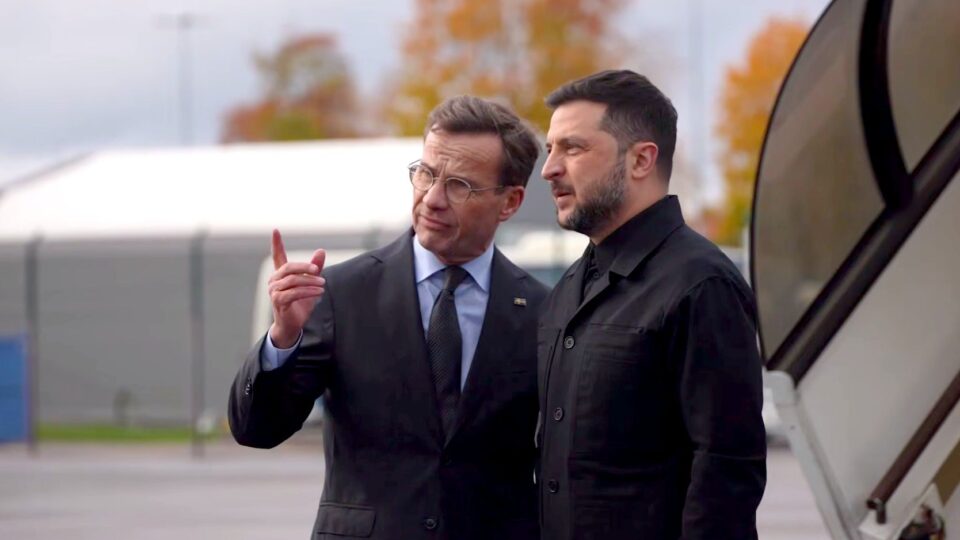
During his visit to Sweden, President of Ukraine Volodymyr Zelenskyy held talks with Swedish Prime Minister Ulf Kristersson regarding the transfer of JAS 39 Gripen fighter jets to the Defense Forces.
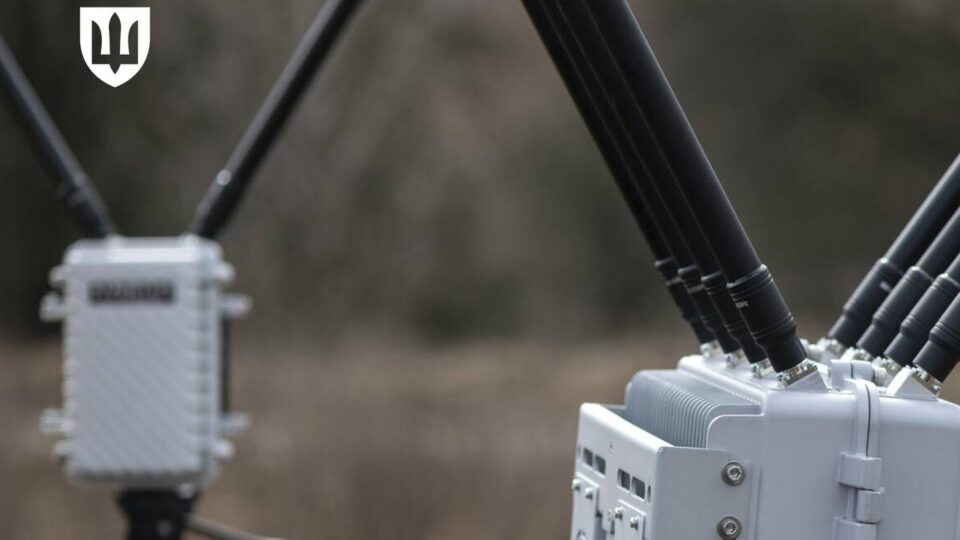
Denys Shmyhal, Minister of Defence of Ukraine, reported that the Cabinet of Ministers supported the Ministry of Defence’s initiative to simplify the procedure for procuring unmanned systems, electronic warfare (EW) equipment and their parts for the front.
Why can’t the war be won with drones alone, and what role do assault units play in modern warfare? How…